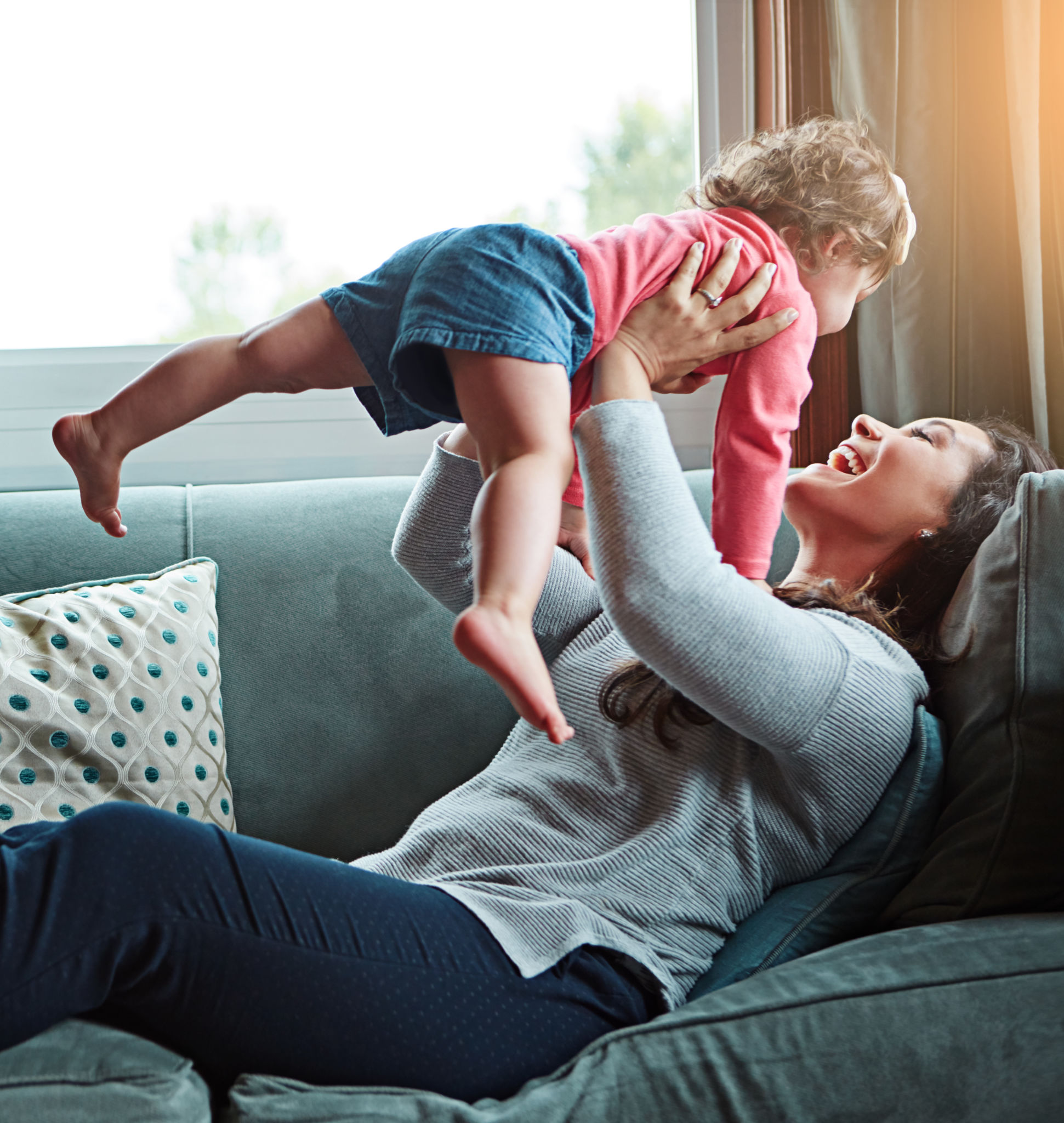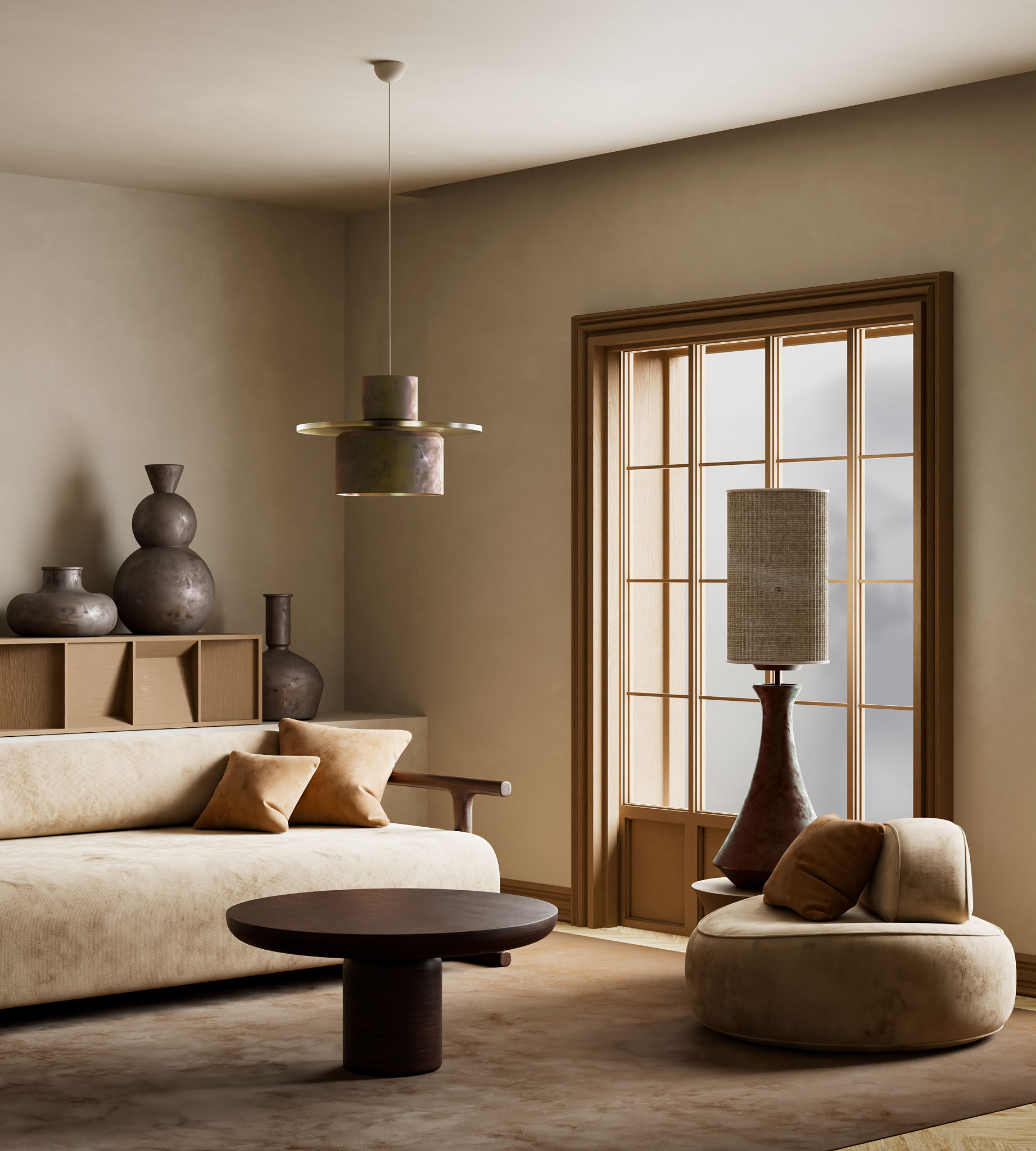Creating a Family-Friendly Space: Design and Build Insights from Local Experts
Understanding the Essentials of a Family-Friendly Space
Creating a family-friendly space involves more than just choosing the right furniture or color scheme. It's about crafting an environment that meets the diverse needs of every family member. Whether you're a parent with young children or a household with teenagers, the design should foster comfort, safety, and functionality.
Local experts emphasize the importance of starting with a clear understanding of your family's specific requirements. Consider how the space will be used, who will use it, and what activities will take place there. This foundational step ensures that the design will be both practical and enjoyable for everyone involved.

Incorporating Safety Features
Safety is paramount when designing a family-friendly space. For families with young children, incorporating safety features like rounded furniture edges, non-slip rugs, and child-proof locks can prevent accidents. Additionally, experts suggest using durable and easy-to-clean materials to withstand the inevitable spills and wear and tear of daily life.
For homes with older children or teenagers, safety might focus more on creating spaces that encourage independence while maintaining oversight. Open floor plans can allow parents to keep an eye on activities without being intrusive, fostering a sense of trust and openness.
Optimizing Space for Functionality and Comfort
Functionality and comfort should go hand in hand in a family-friendly space. Local experts recommend utilizing multi-functional furniture, such as sofa beds or ottomans with storage, to make the most out of limited space. These pieces can help keep the area tidy while providing additional seating or sleeping options when needed.
Comfort is equally crucial. Invest in high-quality seating that provides ample support, and use textiles like cushions and throws to add warmth and coziness. A well-designed layout should ensure that everyone has a comfortable spot to relax, whether it's watching TV or engaging in family conversations.

Incorporating Personal Touches
Family-friendly spaces should reflect the unique personalities and interests of each family member. Incorporating personal touches can make the area feel truly special. Display family photos, artwork created by children, or collections that hold sentimental value. These elements not only personalize the space but also serve as conversation starters and cherished memories.
Experts suggest dedicating specific areas for hobbies or activities, such as a reading nook or an arts and crafts corner. These dedicated spaces encourage creativity and can be easily adapted as family interests evolve over time.
Creating Zones for Different Activities
Dividing a room into zones can enhance its functionality and cater to various activities simultaneously. For instance, designate areas for play, relaxation, work, and dining. This approach allows family members to engage in different activities without interfering with each other.
- Create a play area with storage for toys and games.
- Set up a cozy corner with books and blankets for reading.
- Incorporate a workstation for homework or remote work tasks.

By thoughtfully designing zones, you can ensure that every family member has a place to enjoy their activities while maintaining a harmonious household environment. This strategy promotes both individual pursuits and family togetherness, striking a perfect balance.
Conclusion: The Importance of Flexibility
A truly family-friendly space is one that evolves with your family's changing needs. Flexibility should be at the core of your design philosophy. Opt for furniture that can be easily reconfigured or repurposed as your family grows. Regularly assess how the space is being used and be open to making adjustments as necessary.
Local experts remind us that creating a family-friendly space is an ongoing process that requires attention and care. By focusing on safety, functionality, personalization, zoning, and flexibility, you can create a welcoming environment that supports your family's lifestyle now and in the future.
